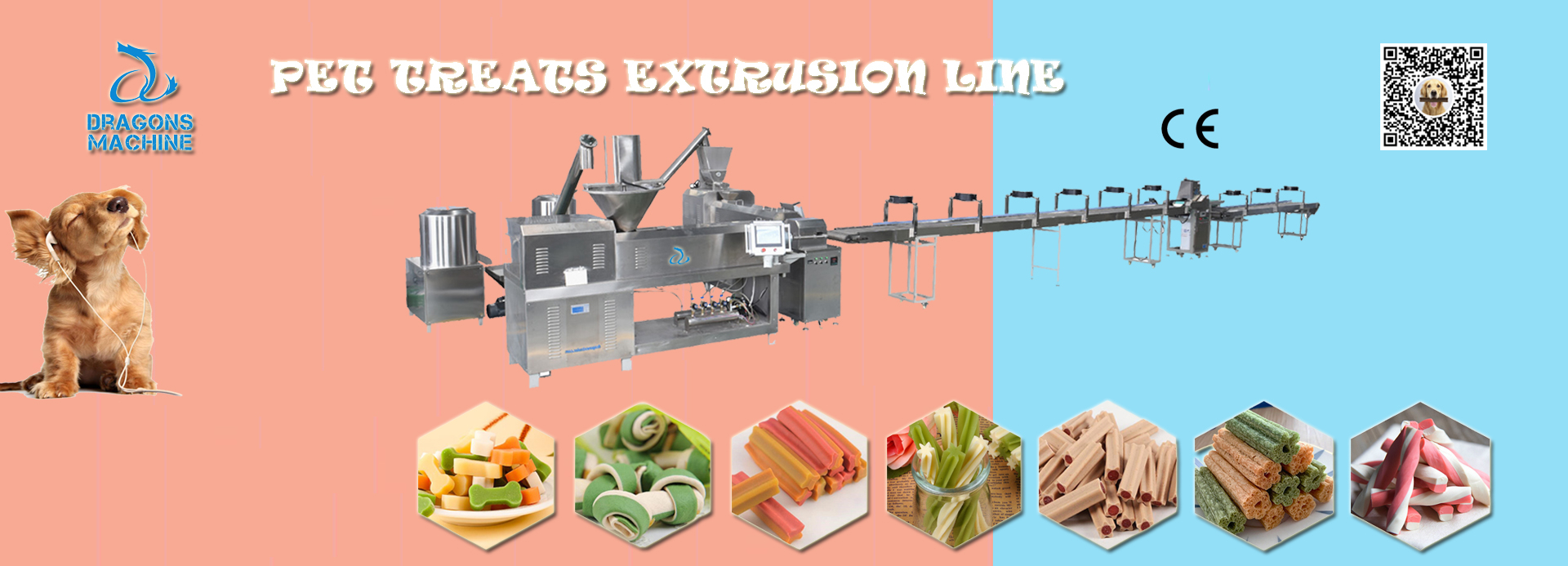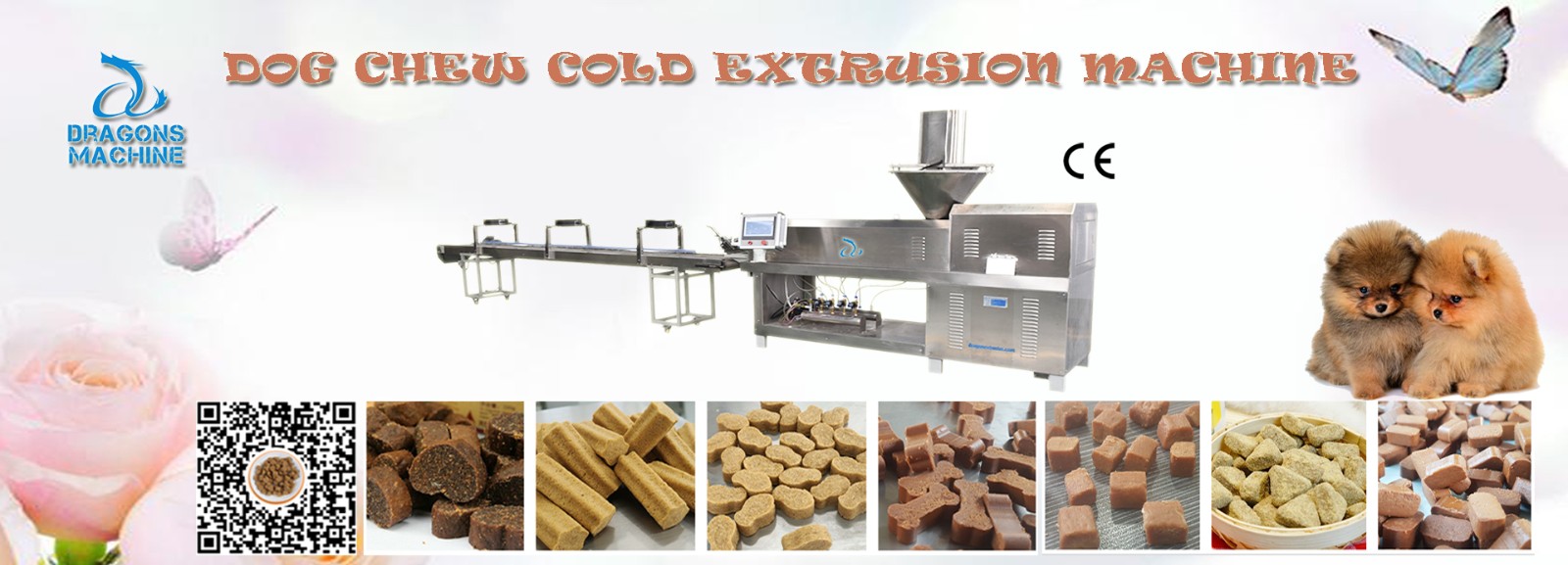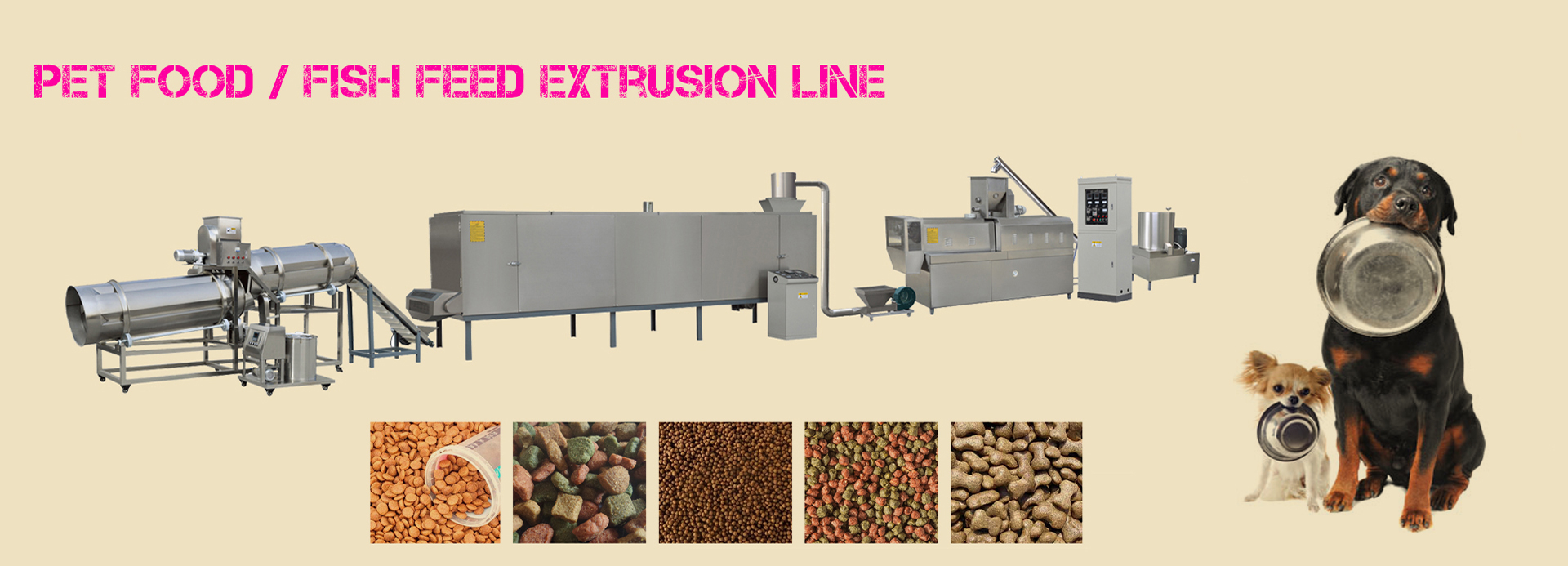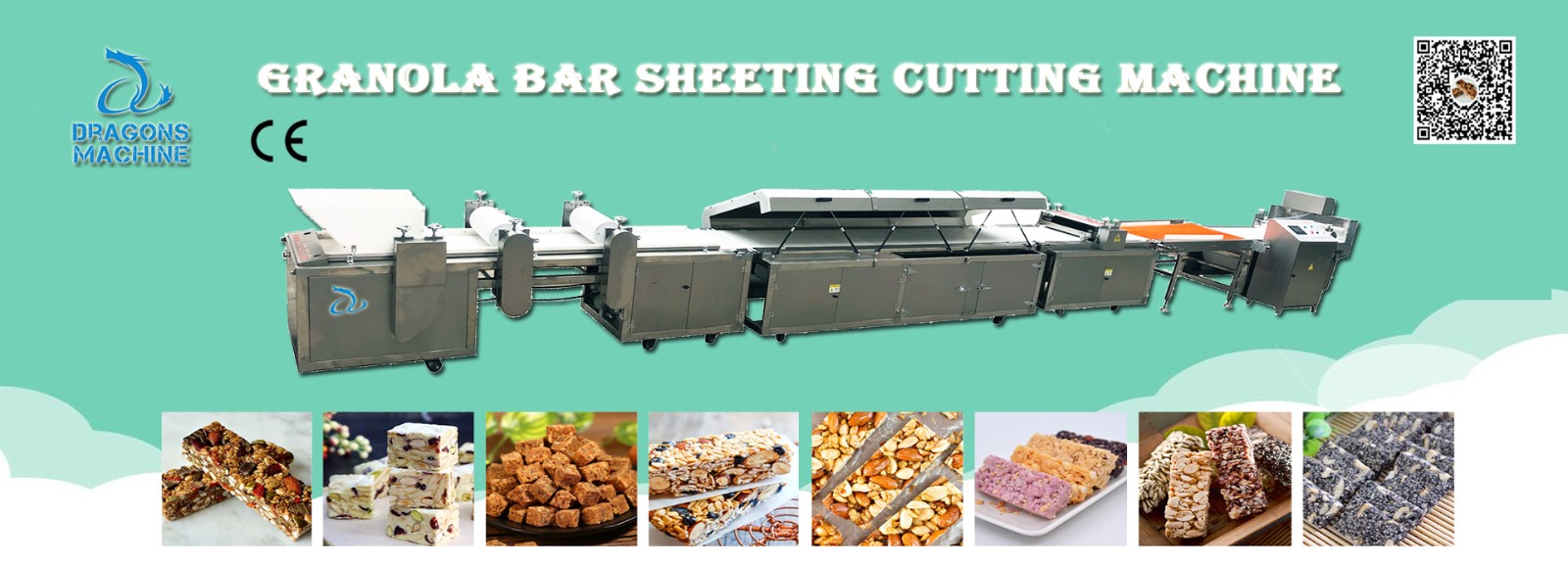Continue reading
3. What to look for on a dog food label
As I showed you in the video above, there are certain things you need to look for when learning how to accurately read a dog food label.
First, make sure there is an AAFCO nutrition claim somewhere on the package.
In the photo above, you can see that the dog food I feed my dog meets the nutritional levels established by AAFCO for dogs of all life stages.
While many dog foods will have the same statement, some pet foods are only suitable to meet the dietary needs of puppies, adult dogs, older pets or pregnant females.
In addition, all dog food labels must list the minimum amount of protein and fat, as well as the maximum percentage of moisture and fiber in the dog food.
This is called a guaranteed analysis.
Typically, you will see calorie counts per serving that are close to the guaranteed analysis on the dog food label.
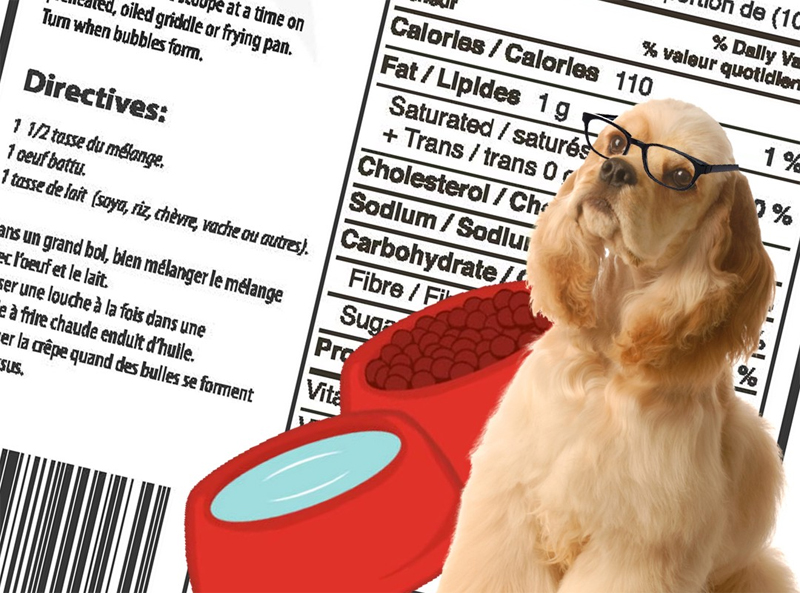
4. Marketing Tips for Dog Food Labels
I also want to share some things you should look for when learning how to read dog food labels. Many people just look for big bold print, but if you want to make sure you know exactly what you're feeding your dog, there's more.
Remember that big words on dog food packaging are just a marketing ploy to draw attention to the product and make owners think they're healthy when they may not actually be; they basically may not mean anything at all.
Sneaky manufacturers' marketing tactics for dog food labels include
❤ Holistic
❤Natural
❤ Premium or Super Premium
❤Organic
❤human grade
Pet food labeling regulations are very lenient and vary by country/region. The standards for dog food are different from those for food made for humans. As a result, there are not many rules about which pet foods can and cannot use these types of descriptive words on their labels.
As you learn how to read dog food labels, it's important not to get caught up in these marketing tricks.
► Organic dog food. For example, there are no specific guidelines about what constitutes organic dog food. While the label may state that the food is natural, this may simply mean that most of the ingredients are natural (but not all).
► Human-grade dog food. Meat that has been inspected and deemed suitable for human consumption may expire and be diverted for use in dog food. While the company can still claim to use human-grade ingredients, they may also use spoiled meat.
The same applies to all other marketing "terms" used in dog food labeling.
It is important to remember that such claims can be difficult to prove accurate, as the current pet food regulations are very tricky and lax.
Keep these things in mind, and do your own research on manufacturers and dog food companies before you buy.
If a company claims to use organic ingredients in their dog food, do some research on their website to find out what their definition of organic is, where and how the crops are grown or how the animals are raised, and the source of the ingredients. You can always email or call the company and ask any questions you still don't have answered.
It's a bit of a hassle at first, but once you find some suitable brands of dog food to feed your pet, you won't have to do it every time you buy his coarse ground food.
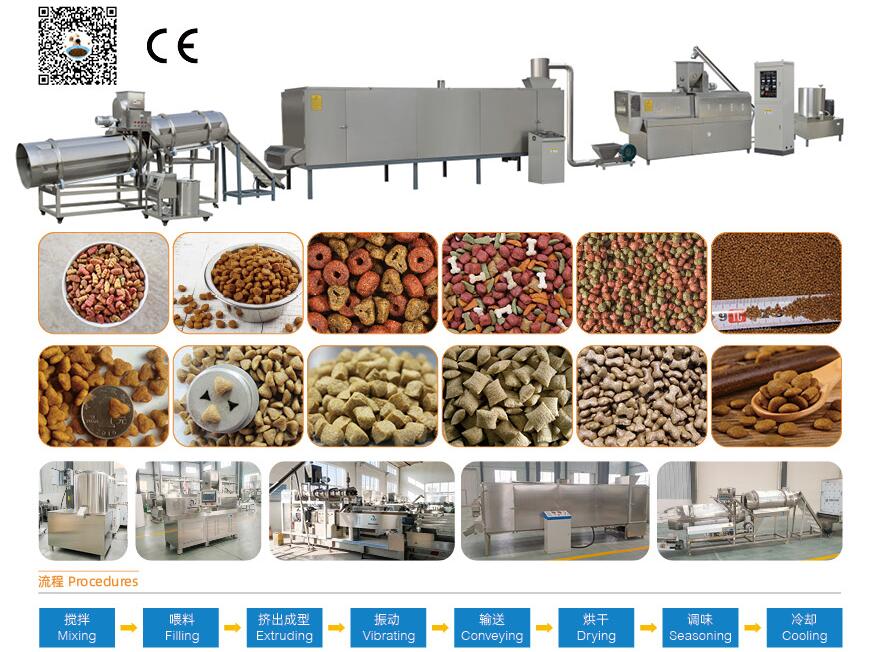
5. Compare dry food and wet food
Finally, when learning how to read dog food labels, you need to know how to compare foods with different moisture contents.
You can't compare protein and fat levels between different types of dog food if you don't know how to convert the listings on the dog food label to the nutrients contained in the dry matter.
The two most popular types of dog food are wet/canned dog food and dry dog food.
In layman's terms, canned dog food contains a lot of water, which is why it is also commonly referred to as "wet dog food". When you take away the water, the food that is left is "dry matter".
So just because a can of dog food says it contains 2 cups of food, it doesn't mean your dog is actually getting 2 cups of food; more than 50% of it is just water. This is not necessarily a bad thing, as long as it is what you expect from your pet's food.
Dry food has very little water content, while canned dog food obviously contains more water. Let's assume that dry roughage has 5% moisture content (you can find this information on the label). This means that 95% of the coarse meal is dry matter.
Check the protein level in the Guaranteed Analysis section of the dry dog food label. Let's assume that the protein level is 20%. You need to divide the 20% protein by 95% of the dry matter. You will end up with about 21% actual protein.
Let's do the same thing with the canned dog food example. Let's say the canned dog food brand has 60% moisture, so it's 40% dry matter. We would say that this label indicates that this food has only 10% protein in it. We need to divide the 10% protein by the 40% dry matter. Finally, we see that the canned food contains 25% protein (in dry matter).
In the example above, the canned dog food has more protein per pound, even though the dog food label makes it seem like it has less. As you learn how to read dog food labels to ensure complete accuracy, you can use the same formula to compare fat levels, fiber content, and other nutrients and ingredients in dog food.















